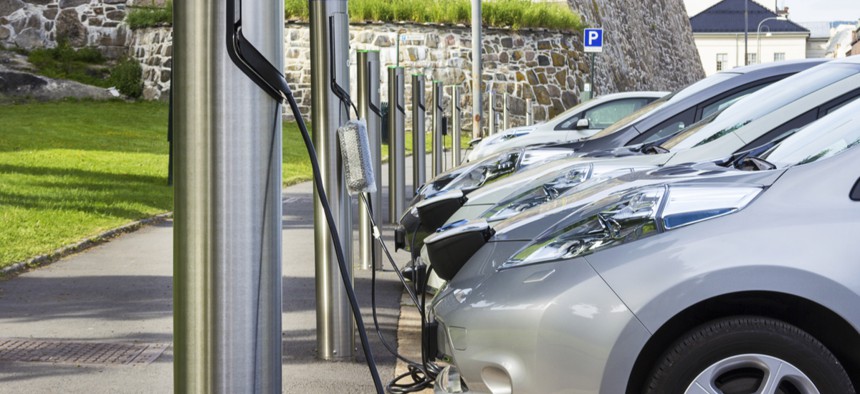Got an Electric Car? Great! Where Do You Plug It In?

Sopotnicki/Shutterstock.com
Depending on the state, access to public charging stations can be adequate — or nearly nonexistent.
Electric vehicle owners — nearly 1.2 million of them on U.S. roads today — share the thrills of being energy-efficient and progressive. But they also have one big worry in common: where to plug in.
Depending on the state, access to public charging stations can be adequate — or nearly nonexistent.
Purchases of electric vehicles are growing at an astronomical rate — an 81% increase from 2017 to 2018, according to the Edison Electric Institute, which tracks electricity use — and nothing indicates the trend will slow dramatically any time soon. But if anything could stunt the growth, it’s the lack of power charging stations in some states.
Drivers can experience “range anxiety” wondering how far they can drive before the next charge and where to find a station before the car dies. It’s the electric vehicle equivalent of driving a traditional car on an isolated country road with the gas gauge hovering near empty.
Many states want to encourage electric vehicle use to reduce carbon emissions and tackle climate change. But ensuring that there are enough charging stations has been a challenge. Some states provide incentives for private investment, while others are relying on millions from a settlement with Volkswagen over its falsification of emissions tests to subsidize the building of commercial charging stations.
This article was originally published by Stateline, an initiative of The Pew Charitable Trusts.


